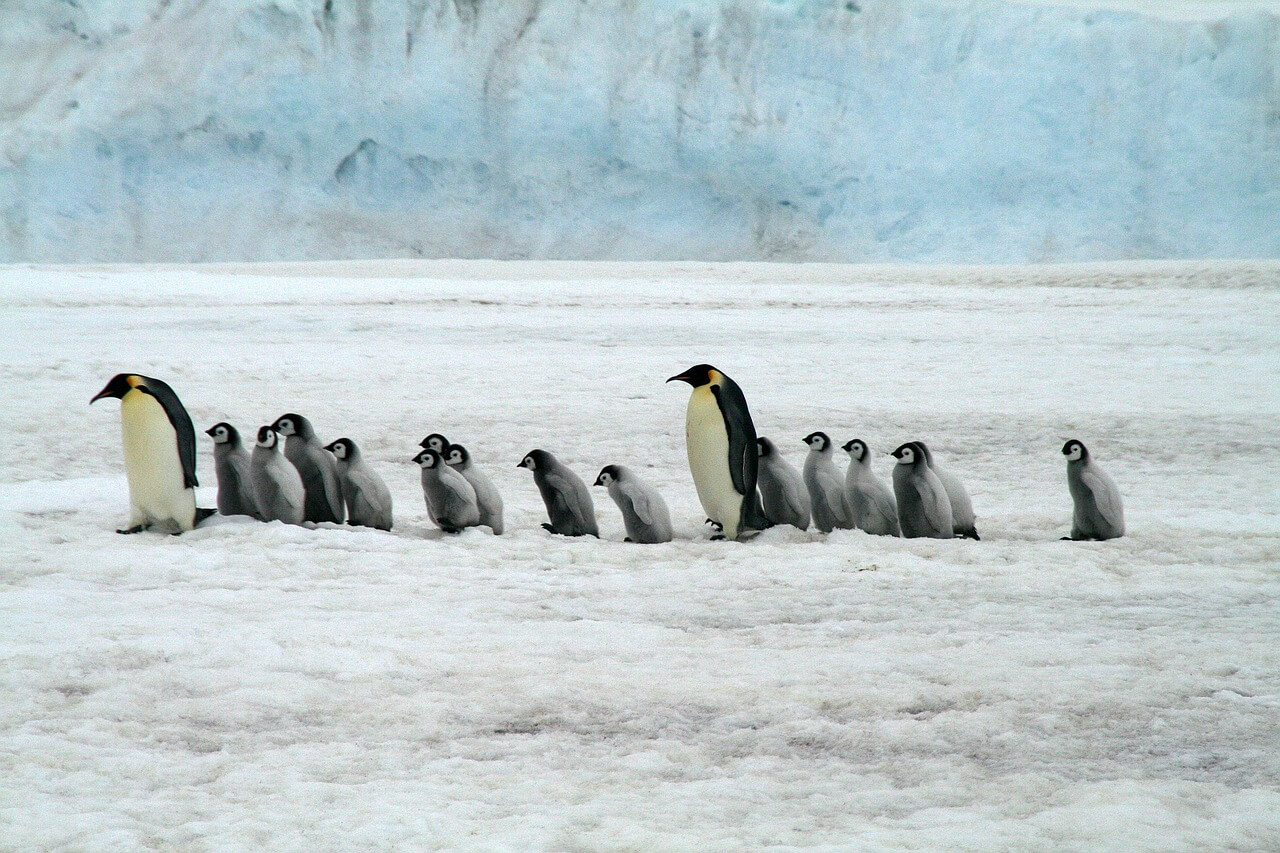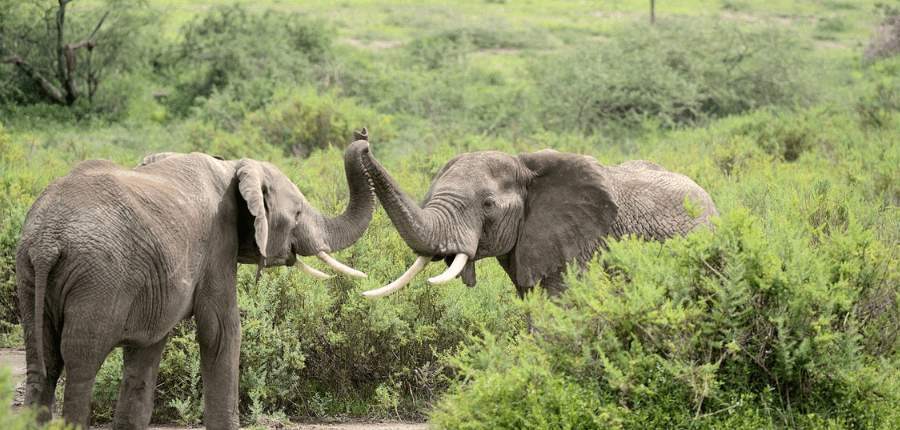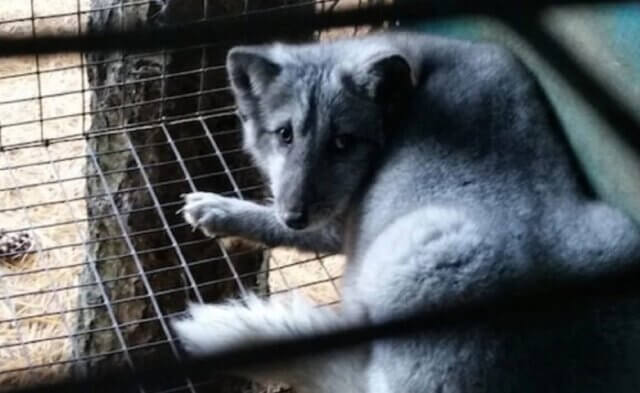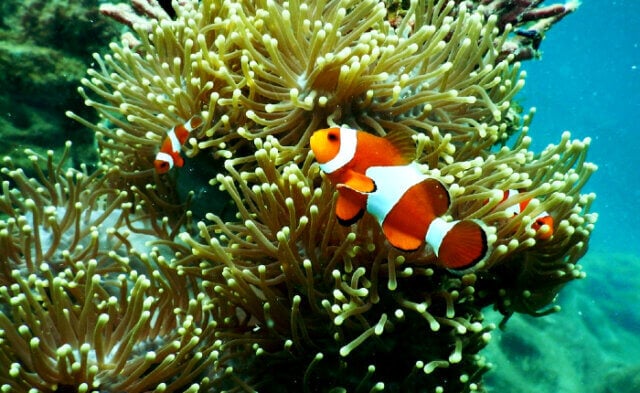By Melissa Rae Sanger
With Valentine’s Day on the horizon, humans aren’t the only species with something to celebrate. Courtship, companionship and commitment are also alive and thriving among other animals, all of whom deserve the same respect and kindness we extend to each other on this special day. By learning about their relationships, we stand to gain valuable insights into our own.
First comes love. Courtship is a pivotal precursor to selecting a mate and one of the most important aspects of love in the animal kingdom. Elaborate rituals, which often involve vibrant displays and complicated dances, aren’t just for show—they help ensure the survival of the species. Consider peacocks, who display their resplendent feathers to attract peahens. The ladies choose a suitor based on the size and quality of his feathers. (Remember that guy in high school with the big muscles? Same thing.) Studies show that the offspring of highly ornamented peacocks have a better survival rate than those of duller dads.
Then comes marriage. Numerous animals form monogamous bonds, and many have a lower “divorce rate” than humans. Swan couples, for example, are renowned for their fidelity. They share responsibilities, including nesting, raising offspring and facing danger as a team. Geese also mate for life and often refuse to abandon a sick or injured mate or chick, even if the other geese in the flock are migrating.
Then comes … well, you know. Just as good human parents do, other animal parents put the needs of their offspring before their own, from the nurturing mother hen who snuggles her chicks safely beneath her wings to the selfless giant Pacific octopus who protects her eggs for six months, cradling them in her arms and going without food the entire time.
Cooperation is key to all successful relationships, and many animals rely on teamwork for survival. Take the resilient emperor penguin. After Mom lays an egg, Dad protects it—forgoing food for two months—while she travels up to 50 miles to find food for herself. With a full stomach and renewed energy, she returns to feed the newly hatched chick and relieve Dad of his duties for a bit.

The saying “It takes a village to raise a child” doesn’t apply only to humans. Mutual support among other animals can extend beyond the boundaries of individual families to the species’ broader community. Elephants exemplify the adage. They live in complex matriarchal social groups in which the mothers, grandmothers and allomothers (adolescent females who participate in the care of infants) work together to raise the calves.
When it comes to human love, the most profound messages can often be conveyed through a glance, a touch or a shared moment of silence. Nonverbal communication is common among other animals, too—bees provide other bees with travel directions by “waggle dancing,” mole rats signal to each other with rhythmic head thumps on tunnel ceilings and cephalopods showcase their emotions through vibrant color changes, to name just a few examples. Communicating without words really is a universal means of expression.
When we open our hearts, we not only deepen our understanding of and respect for others but also discover profound connections that link us all. As we gain insight into animals’ selfless actions and unwavering loyalty, let’s remember that the best way to show love on Valentine’s Day (and every day) is to extend compassion to all sentient beings.





